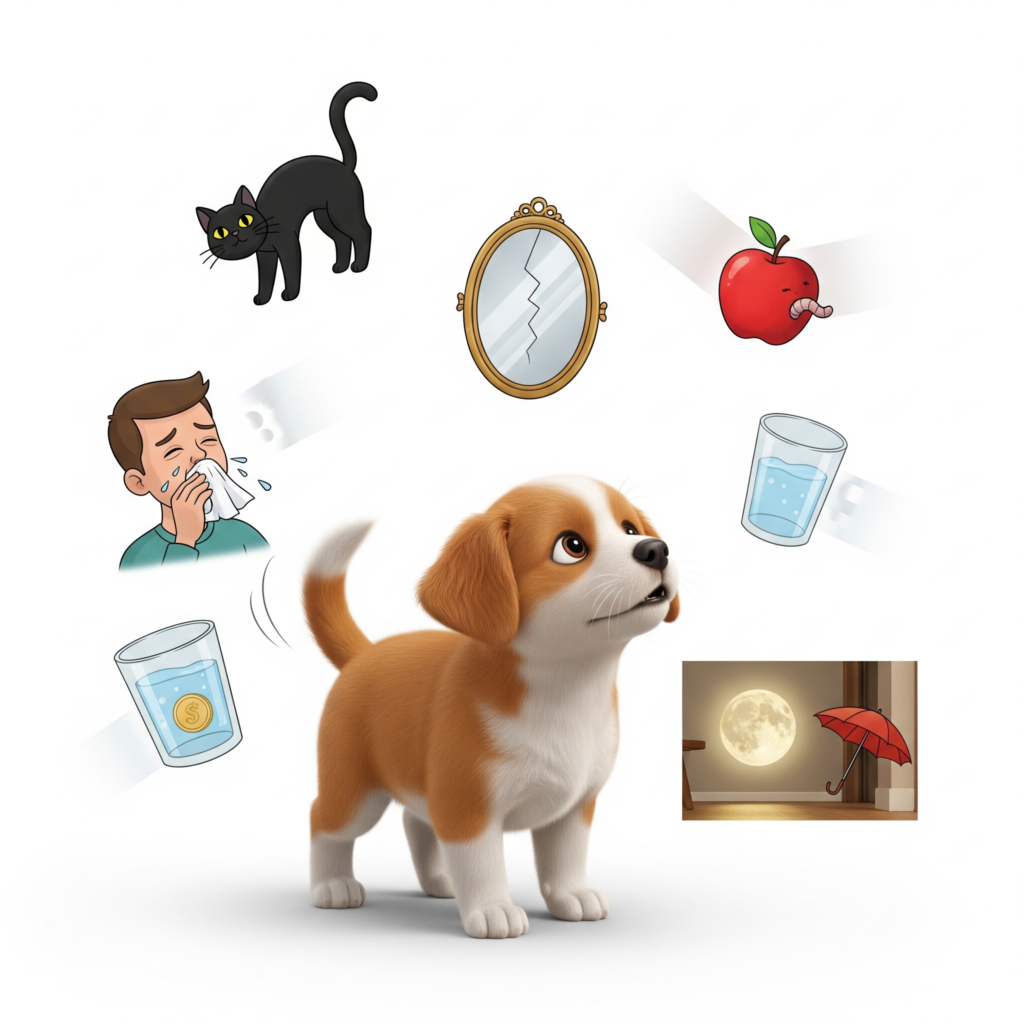
Welcoming a new puppy into your home is exciting—but it can also be confusing. With so much information out there (and plenty of well-meaning advice from friends, family, and the internet), it’s easy for new puppy parents to fall for common myths. Let’s set the record straight. Here are some of the most common puppy myths new owners still believe—and the truth behind them.
Myth 1: Puppies Shouldn’t Be Socialized Until They’re Older
Truth: The ideal time to start socializing a puppy is between 3 and 14 weeks old. During this critical window, your puppy’s brain is open to new experiences—people, pets, sounds, surfaces, and more. Waiting too long can lead to fear or behavioral issues later on.
Tip: Start with safe, gentle exposure like new sounds at home, friendly people, or short car rides. After their first round of vaccinations, you can introduce your puppy to more environments and dogs.
Myth 2: Chewing Means Your Puppy Is Misbehaving
Truth: Chewing is a normal (and healthy) part of puppy development. Your puppy isn’t trying to annoy you—they’re either teething, bored, or exploring the world through their mouth.
Tip: Offer plenty of appropriate chew toys and redirect gently when your puppy bites furniture or hands. Frozen carrots or puppy-safe teething rings work great!
Myth 3: Crating a Puppy Is Cruel
Truth: Crates, when used correctly, are comforting—not cruel. A crate is a safe space where your puppy can rest, relax, and reset. Dogs are den animals by nature, and crates mimic that cozy environment.
Tip: Introduce the crate positively with treats, praise, and short sessions. Never use the crate as punishment.
Myth 4: Letting Puppies Sleep in Your Bed Creates Bad Habits
Truth: Where your puppy sleeps is a personal choice. There’s no evidence that allowing your puppy on the bed “spoils” them. What matters most is consistency and safety.
Tip: If you choose to let your puppy sleep with you, ensure they’re potty trained and can settle through the night without disruption.
Myth 5: Puppies Will Outgrow Bad Behavior on Their Own
Truth: Without training and structure, bad habits usually get worse—not better. Jumping, biting, barking, and pulling on the leash are all natural behaviors—but they need guidance and boundaries early on.
Tip: Use positive reinforcement training and start with basic commands like sit, stay, and come. Even 5-minute sessions can make a big difference!
Myth 6: Puppies Should Eat Whenever They Want
Truth: Free-feeding often leads to picky eating or overeating. Scheduled meals help with potty training, digestion, and routine.
Tip: Feed your puppy 3 to 4 small meals a day at set times. Pick up the bowl after 15–20 minutes, even if there’s food left.
Myth 7: You Shouldn’t Train a Puppy When They’re Distracted
Truth: Learning to focus while distracted is actually part of real-world training. It’s unrealistic to expect your puppy to only behave in a quiet room. Training in different settings helps build better long-term habits.
Tip: Start in a quiet space, then gradually introduce mild distractions as your puppy improves.
Myth 8: Puppies Don’t Need Baths Until They’re Older
Truth: You can bathe puppies safely after 8 weeks. As long as you use puppy-specific shampoo and warm water, it’s perfectly fine (and healthy!) to keep your pup clean.
Tip: Keep baths short and use treats to build positive associations. Always dry your puppy thoroughly to avoid chills.
Final Thoughts
There’s no shame in believing puppy myths—most new owners do at some point. What matters is staying open to learning, asking questions, and giving your pup the best possible start. Understanding the truth behind these common puppy myths can help you raise a confident, happy, and well-behaved dog. Your puppy is counting on you to lead with love, structure, and the facts! 🐾💛 PetsDogPuppy
